Living to 100 and beyond - DHMS centenarian members

At end April 2023, Discovery Health Medical Scheme had almost 100 centenarian members (people aged 100 years or older). Our investigation into this group looks at a number of health metrics, and reveals fascinating insights into just how healthy people can be in their golden years.
Authors
Discovery Health's Sian-Ailin Da Silva (Statistician), Lizelle Steenkamp (Senior Healthcare Statistician) and Shirley Collie (Chief Health Research Actuary).
Living longer - but are we maintaining good health?
According to the World Health Organization (WHO)1, more people are living longer and every country is showing an increase in the number and proportion of older people in its population. Most people are now expected to live into their sixties and beyond. In fact, the number of people aged 80 years or older is expected to triple between 2020 and 2050, reaching 426 million. This trend is especially pronounced in developing countries and raises many important questions around providing healthcare to ageing populations and sustaining the costs of this care.
WHO data2 shows that while life expectancy has increased by more than six years from 2000 to 2019 (from 66.8 to 73.4 years), healthy life expectancy (or HALE) has increased by 5.4 years (from 58.3 to 63.7). So, HALE is not keeping pace with the increase in life expectancy.
As people live longer it becomes more and more important that their extended life span is paralleled by extended health span (years of healthy living), so that their additional years of life are not characterised by ill health, diminished quality of life and associated heightened healthcare costs.
Centenarians the world over
According to the Gerontology Research Group,3 France's Jeanne Calment was the oldest validated person to have lived - she was 122 years old - followed by Japan's Kane Tanaka who was 119. At the time of writing, the oldest, validated living person was 116-year-old Maria Branyas Morera, an American-born Spanish supercentenarian born in 1907.
- A 2022 estimate by the United Nations4 said there were 593,000 centenarians around the world.
- The Pew Research Center5 projects that there will be 3.7 million centenarians in 2050.
- A 2021 World Economic Forum post6 reported that the highest rate of centenarians was in Japan, where 0.06% of the population was aged 100 or older.
- In South Africa the number of people who have lived to see 100 has increased exponentially over time - from 545 in 2000, to 1317 in 2010 and up to 3797 in 20217 (a 188% change from 2010 to 2021).
Investigating Discovery Health Medical Scheme's centenarian member population
DHMS is South Africa's largest open enrolment medical scheme. At 30 April 2023 there were 90 DHMS members aged 100 years or older.
- Most of these centenarians (88 of them) were between 100 and 104, and 2 of them were 105 years old (semi-supercentenarians).
- 14 of them were married to DHMS members.
- Their spouses were, on average, 11 years younger than their centenarian counterparts.
- A centenarian aged 102 years old and her spouse, aged 97, accounted for the highest age combination in the group - at 199 years together.
Scheme membership
- On average, our centenarians had been DHMS members for 17 years.
- 45 of the 90 centenarians joined DHMS over 20 years ago.
Vitality membership
Discovery has adopted a shared-value health and life insurance model through its science-based Vitality programme, which provides members with comprehensive health promotion and disease prevention services. Vitality members who engage in health-promoting activities (such as exercising) or preventive activities (recommended preventive screenings) are awarded points that move them up through a tiered status system from Blue Vitality status up to Bronze, Silver, Gold and the highest status, Diamond.
- While members of DHMS, 16 of the centenarians had also been Discovery Vitality members.
- 8 of these centenarians remained on Blue Vitality status.
- 7 reached Bronze Vitality status between the ages of 85 and 100.
- 1 reached Gold Vitality status at the age of 94.
- 10 were current Vitality members (at 30 April) - eight on Blue Vitality status and two on Bronze Vitality status.
Most DHMS centenarians are women
Of our 90 centenarians, 78 were female, and 12 were male. This sort of split aligns with data reported in other studies which show that women do tend to live longer than men, but these studies also see that male centenarians are healthier than their female counterparts.8
How healthy are our centenarians? Are females or males healthier in this group?
Overall, DHMS centenarians are in good health, comparing favourably to far younger Scheme members.
Chronic conditions
Nine centenarians had no chronic conditions at all. The remaining 81 had one or more chronic conditions (Figure 1).
- This is aligned with the average number of chronic conditions seen across all DHMS members who are 50 years or older. So, when it comes to healthy ageing these members compared well to younger Scheme members.
- Centenarian male members were registered for an average of 2.00 chronic conditions compared to 2.504 for centenarian female members (Figure 2).
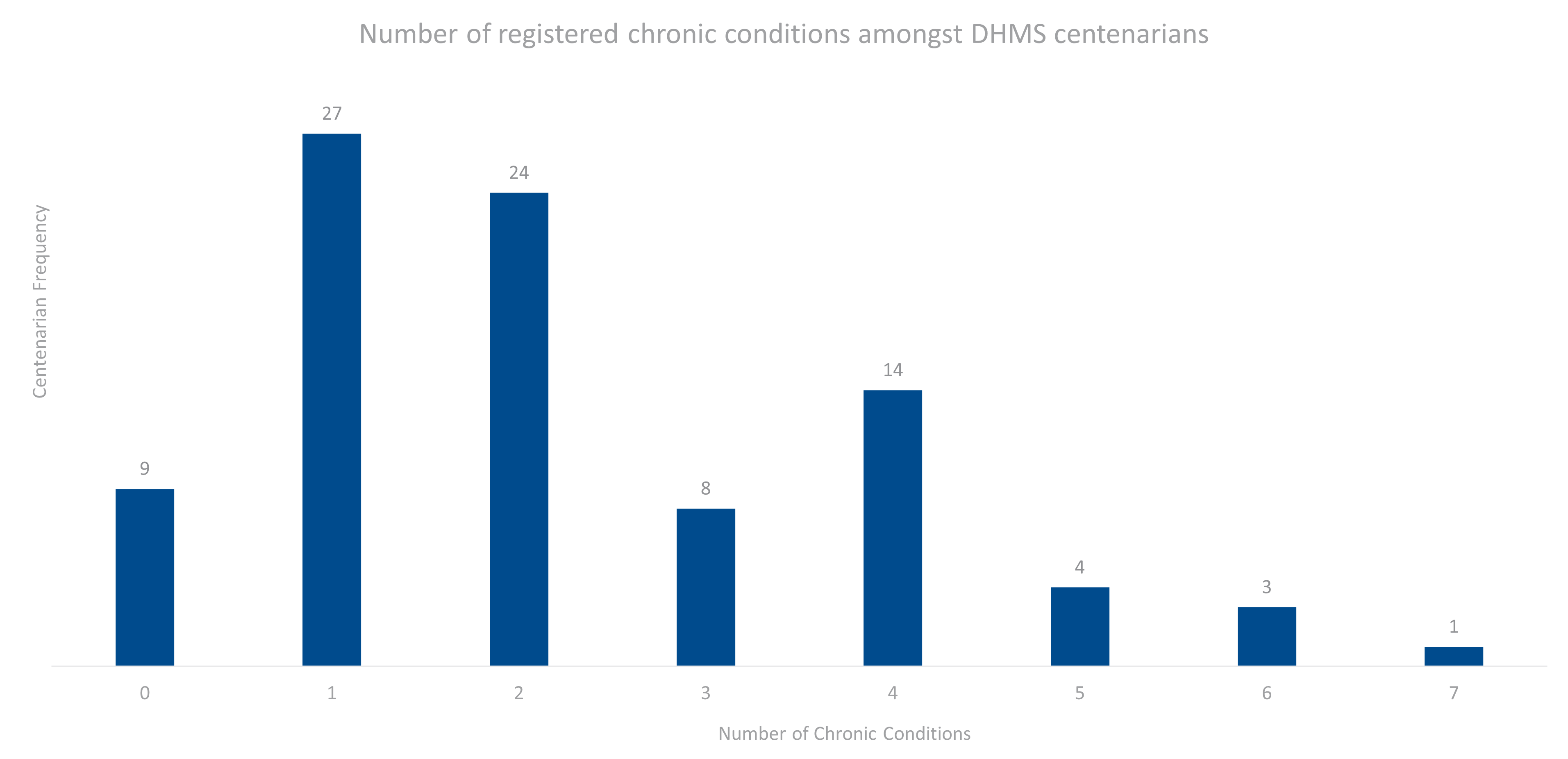
Figure 1: Chronic condition count for DHMS centenarians
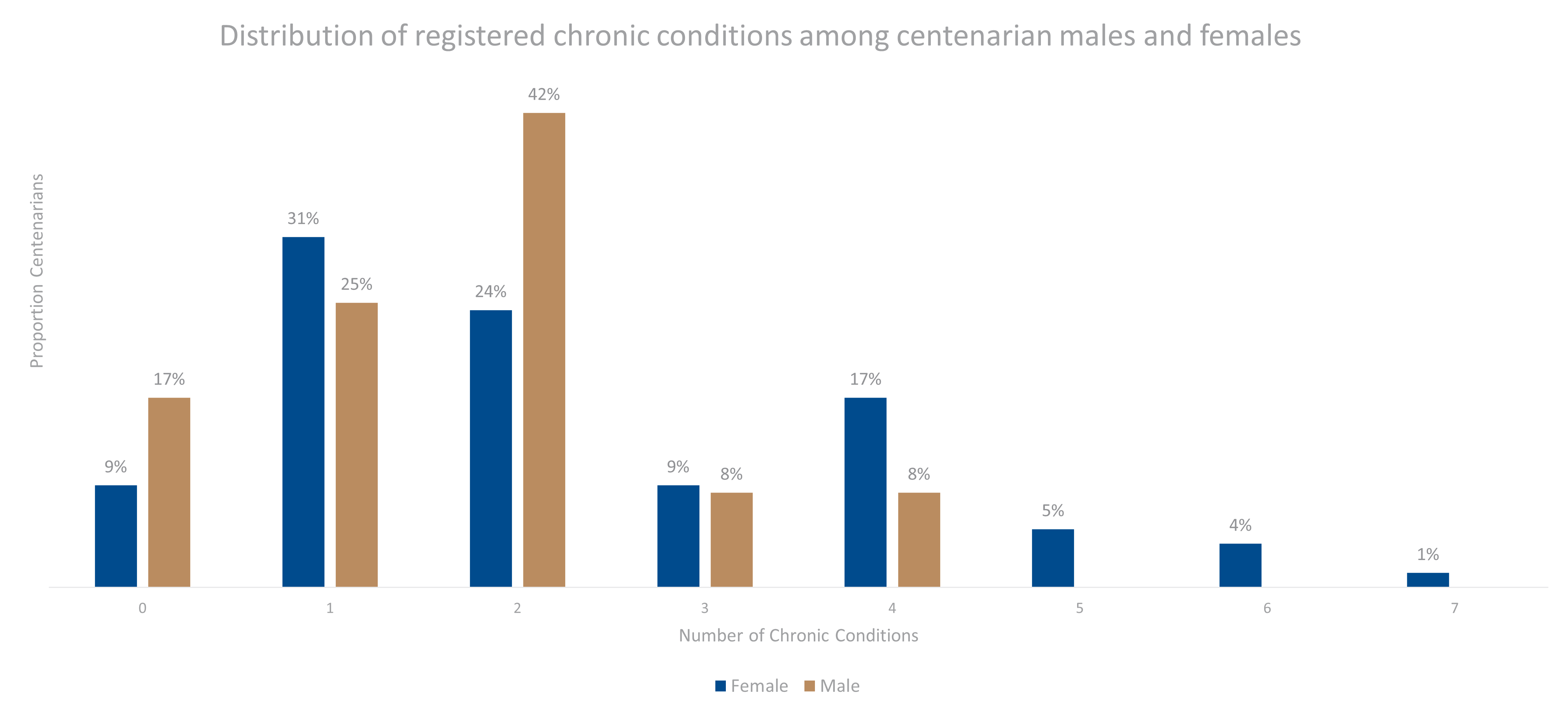
Figure 2: Distribution by number of chronic conditions amongst male and female centenarian Scheme members
The majority of our 90 DHMS centenarians were registered for hypertension (61), followed by hyperlipidemia (24), congestive heart failure (16) and hypothyroidism (16) (Figure 3).
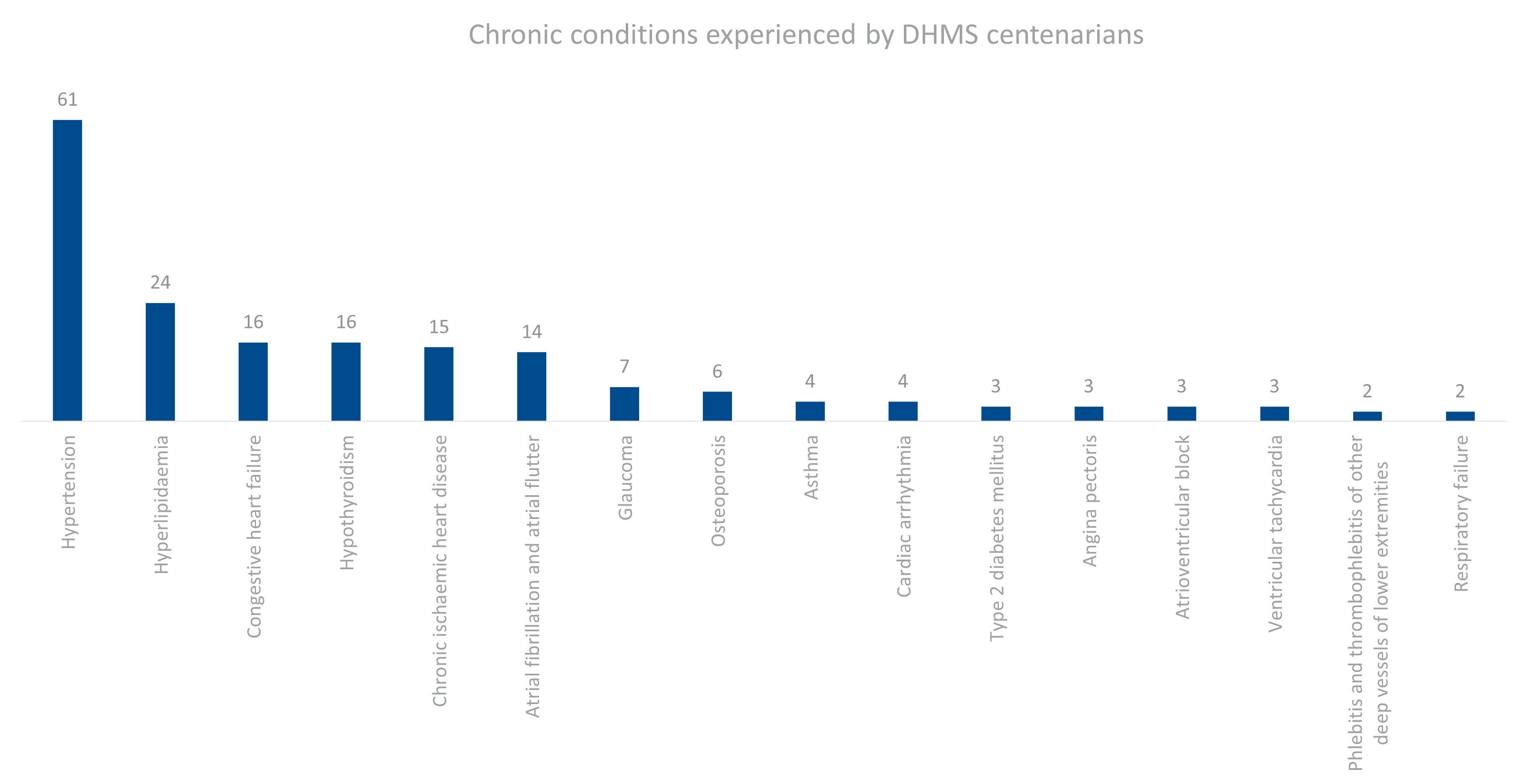
Figure 3: Chronic conditions experienced by DHMS centenarians.
Looking at the top 4 conditions that this group experienced (Figure 4):
- Three conditions - hypertension, congestive heart failure and hypothyroidism - were more prevalent in females.
- One condition - hyperlipidemia - was more common in centenarian males.
Figure 4 also shows that centenarian female members were registered for several chronic conditions for which no centenarian male members were registered:
- Two of the top four conditions - congestive heart failure and hypothyroidism (18% of women)
- Osteoporosis (7%), cardiac arrhythmia (4%) and type 2 diabetes (3%) and more.
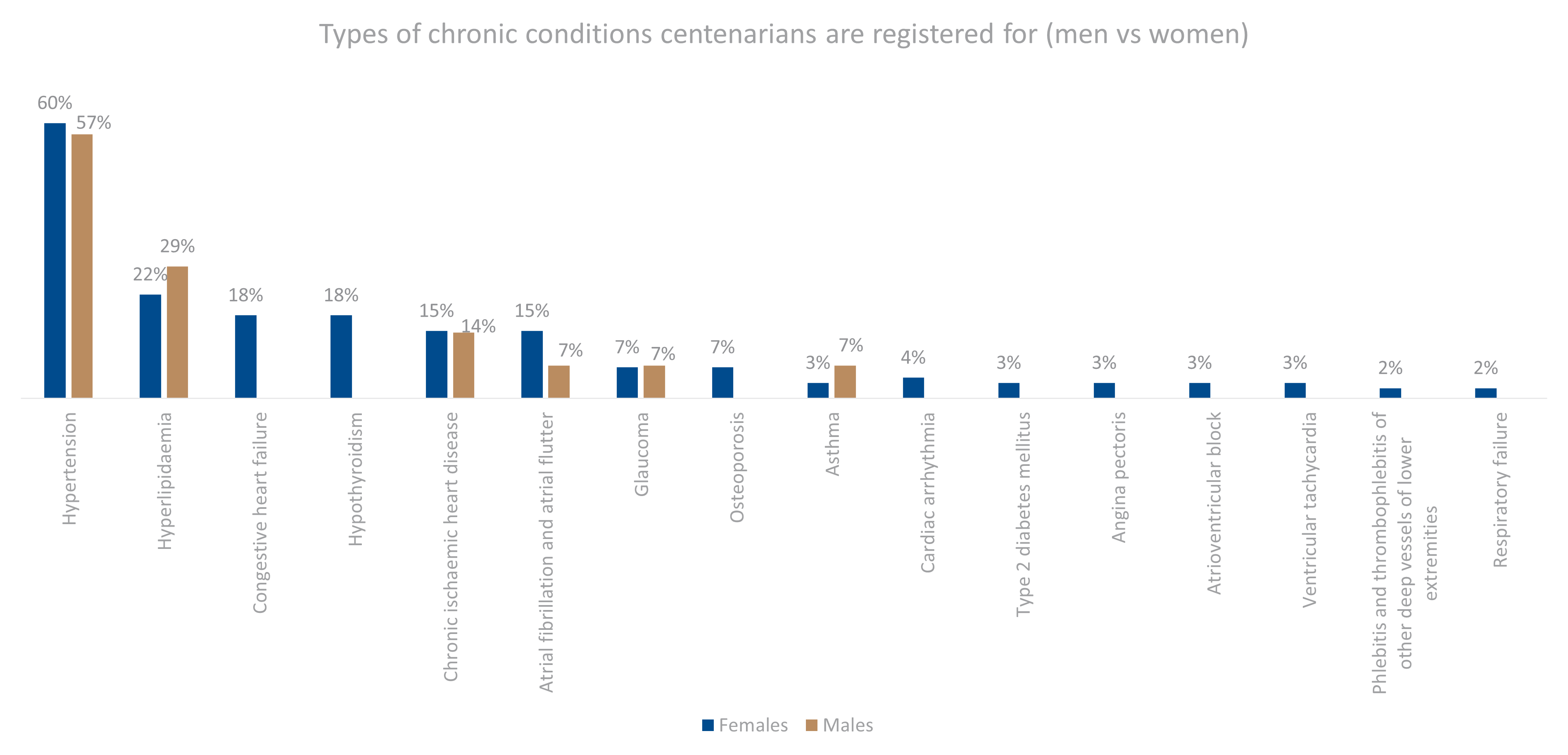
Figure 4: Chronic conditions that centenarians are registered for, split by sex
Hospital admissions
Over a period of 12 months, between 1 May 2022 and 30 April 2023, 22 of our 90 centenarians were admitted to hospital.
- The most common reason for admission was for medical treatment for cellulitis (5 centenarians).
- 3 centenarians needed surgery in a major operating theatre.
- These surgeries included cardiac and joint procedures.
- 1 centenarian was admitted twice for cardiac valve procedures.
Cancers
According to the US Government's National Cancer Institute9 approximately 39.5% of men and women will be diagnosed with cancer at some point during their lifetimes (based on 2015-2017 data). Individual cancer risk varies according to lifestyle, genetic and environmental factors.
It would seem our centenarians members have defied the odds:
Only 4 of the 90 centenarians (4%) had developed cancer:
- 2 centenarians were diagnosed with breast cancer, 13 and 16 years ago respectively.
- 1 centenarian was diagnosed with prostate cancer 12 years ago.
- 1 centenarian was diagnosed with colon cancer 4 years ago.
Need for primary care
In the 12 months between 1 May 2022 and 30 April 2023, 66 of the 90 centenarians saw a general practitioner (GP), out-of-hospital. The proportion of centenarians visiting a GP (73%) was only slightly higher than the average proportion amongst medical scheme members who are 50 years and older visiting a GP (72%) over the same period.
The Covid-19 experience
Among our 90 centenarians, 17 have had a documented COVID-19 infection:
- These individuals got COVID-19 between the ages of 97 and 101 years old (very much in the group considered at high risk for developing very serious COVID-19 illness).
- Six members were admitted to hospital.
- All 17 members recovered.
Outside of the centenarian study period (from 1 May 2022 to 30 April 2023), during the entire COVID-19 pandemic, the oldest DHMS member to have recovered from COVID-19 was 103 years old, while the oldest person on DHMS to have died from COVID-19 was also 103.
70 of the 90 centenarians were vaccinated against COVID-19 (Figure 5):
- The majority (53) have had two or three COVID-19 vaccine doses.
- 12 centenarians have had 4 or 5 doses.
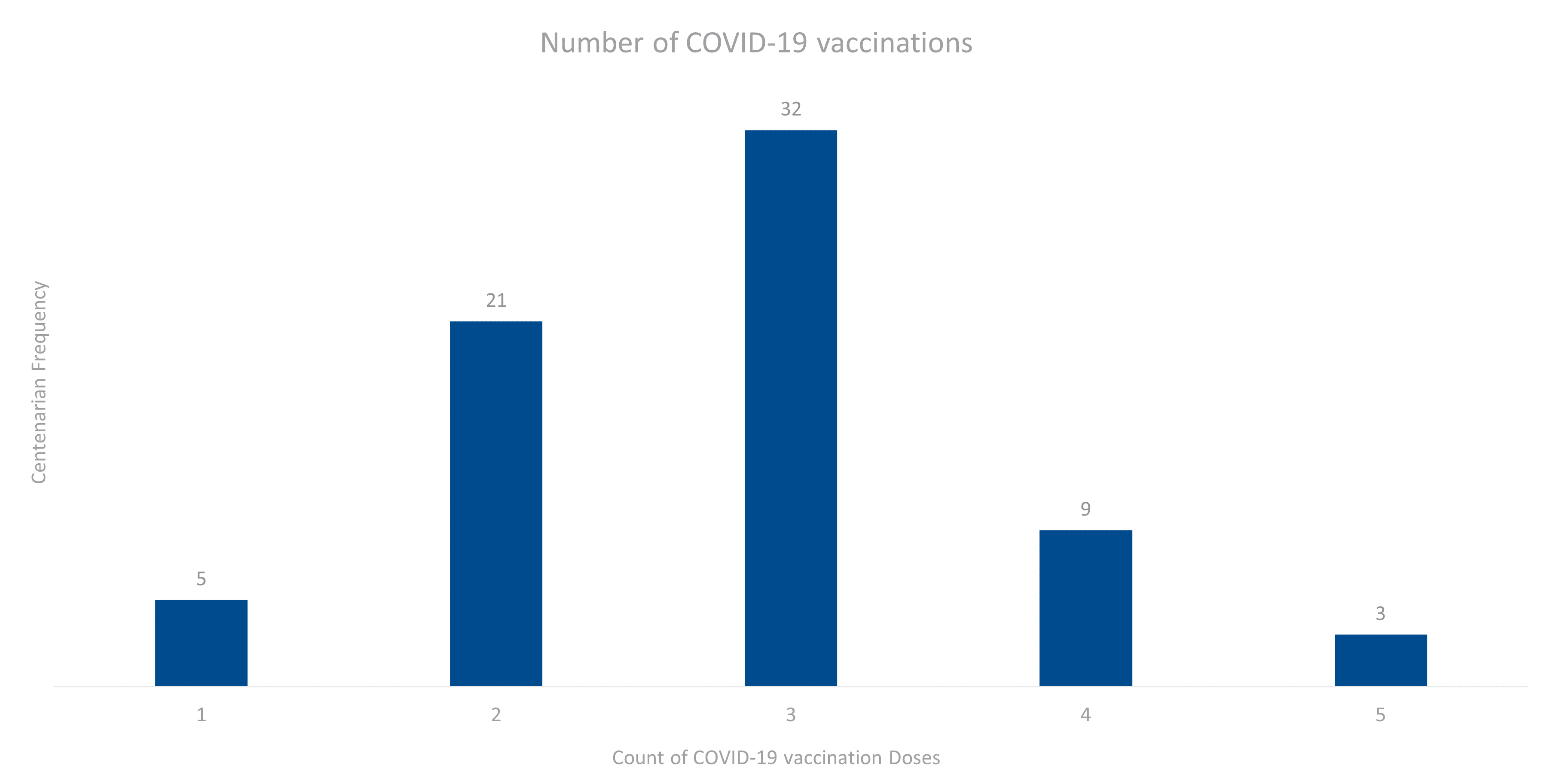
Figure 5: Number of COVID-19 vaccinations among centenarian DHMS members.
How has the number of centenarians DHMS members changed over time?
Looking at data to the end of April each year, we see that the number of centenarian DHMS members has increased steadily from 9 people in 2008 to 90 in 2023.
This is aligned with a prior study on our data10, where we observed a decrease in the all-cause, age standardised mortality rate since 2008. This implies increasing life expectancy amongst DHMS members.
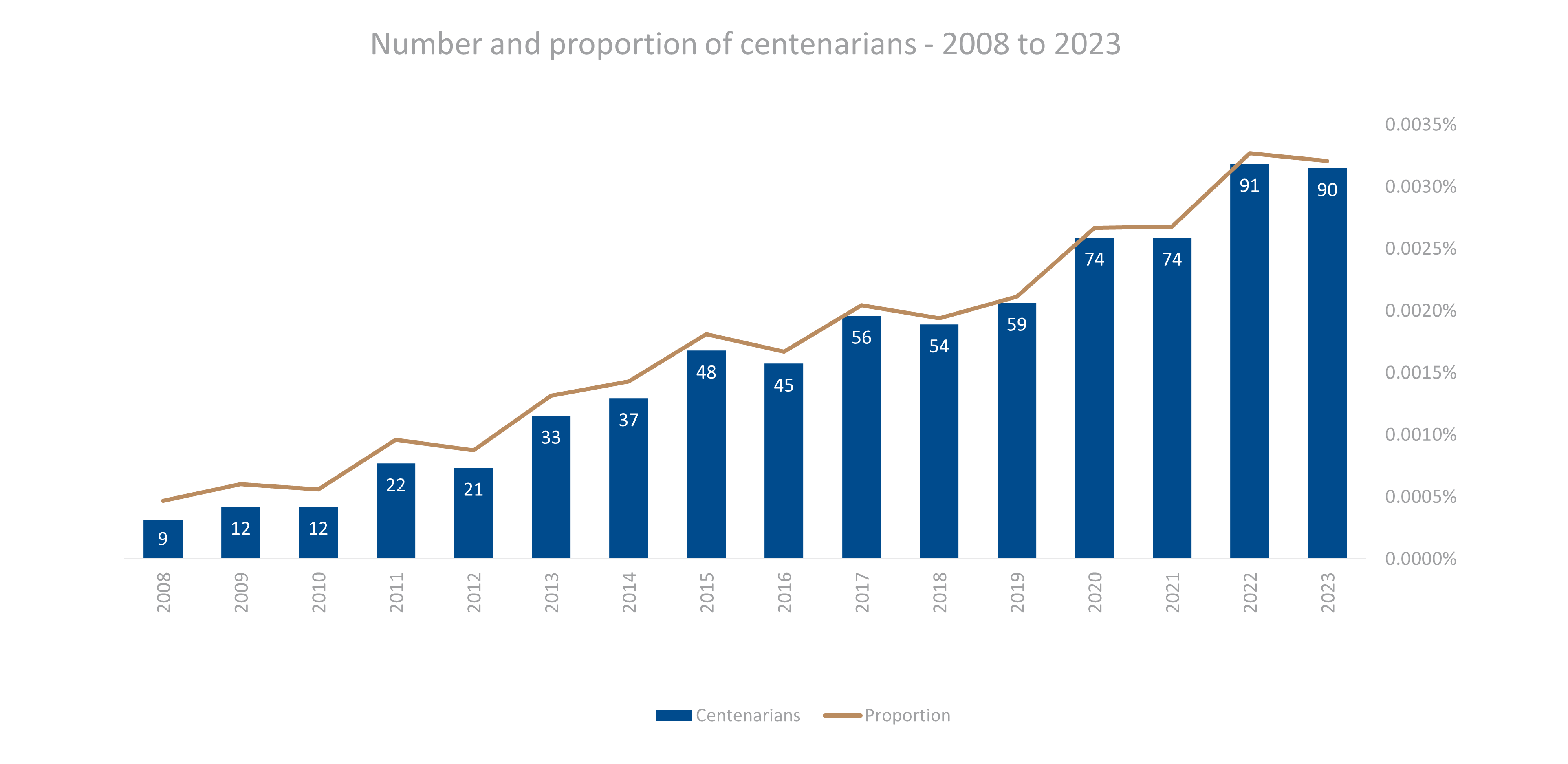
Figure 6: Number and proportion of centenarians between 2008 and 2023
Conclusion
Over time, there has been a steady increase in the number of DHMS members who are reaching the age of 100 and exceeding 100. The bulk of our centenarians are between 100 and 104 years old.
It is impressive that eight of our centenarians went beyond blue Vitality status to Bronze or Gold status between the ages of 85 and 100. Also, that 10 of our Centenarians were Vitality members at April 2023. The fact that two of them were on Bronze Vitality status implies that physical activity, annual health checks and fitness checks (the activities that promote an upgrade in Vitality status) are likely part of their lifestyle.
Centenarian DHMS members are healthy:
- Their data is aligned to that of much younger medical scheme members - aged 50 and older.
- They have relatively few chronic conditions (especially the male members)
- Looking at conditions that affect both men and women in this group, hypertension is primary. The second most common chronic illness DHMS centenarians face is hyperlipidaemia (more common in men), followed by chronic ischemic heart disease.
Most (78 of 90) of the members of this group are female. Yet the group's 12 male members are healthier than the females, with fewer chronic illnesses than the females in the group on average, and fewer types of illness too.
Female members are also registered for a range of chronic illnesses that do not affect any centenarian males.
Congestive heart failure and hypothyroidism (both common in 18% of female members) don't affect any of our male members. The same applies to osteoporosis, cardia arrythmias, type 2 diabetes and a few other conditions that affect women.
Studies into the so-called "gender gap in life expectancy" identify a number of factors that influence the above-mentioned dynamics - biological, cultural, and behavioral differences. A 2021 study11 adds, "No existing explanations account fully for these differences in life expectancy, although they do highlight the complexity and interaction of biological, social and health service factors." Women live longer even through challenges such as famines and epidemics12.
The New England Centenary Study (NECS) is said to be the largest and most comprehensive study of centenarians and their families in the world. It has run since 1995 and been based at Boston University's Chobanian and Avedisian School of Medicine since 2002. This study's findings8 add an interesting dimension in stating that, "Though women by far and away win the longevity marathon, paradoxically men are generally functionally better off and healthier. This may be because women handle age related diseases better (how they do this is not clear) whereas at these ages, the men are at higher risk of dying from them. Thus, the men who survive at these very old ages, have to be relatively healthier."
- Just over one quarter of centenarian DHMS members went to hospital in the past year and most of them needed treatment for cellulitis - a common bacterial skin infection.
- Defying relative population-based odds, only four of our 90 centenarians have been diagnosed with cancer (diagnosed between four and 16 years ago) - so all of them are cancer survivors.
- Only 17 of our group of 90 had COVID-19 and within this group one third were admitted to hospital, but all of them recovered.
- 78% of this group have been vaccinated for COVID-19, most with two or three vaccines. Centenarians are very much within the high-risk group for serious COVID-19 illness and whether related to the protective effects of vaccination or to their overall robust physical state, they certainly defied the odds related to this disease too.
Interested in knowing more or reporting on these findings?
Please contact us on MEDIA_RELATIONS_TEAM@discovery.co.za to request any updated data available since publication and to obtain any further context required.
Did you find this post interesting?
Please visit our Discovery Health Insights Hub for a range of analyses and insights shared by our Discovery Health Intelligence Team over the past three and a half years and spanning a variety of health-related themes.
- "GRG World Supercentenarian Rankings List." 28 May 2023, https://grg.org/WSRL/TableE.aspx
- "World Population Prospects 2022", https://population.un.org/wpp/Download/Standard/Population/
- "World's centenarian population projected to grow eightfold by 2050." 21 April 2016, https://www.pewresearch.org/short-reads/2016/04/21/worlds-centenarian-population-projected-to-grow-eightfold-by-2050/
- "There are now more than half a million people aged 100 or older around the world." 17 Feb. 2021, https://www.weforum.org/agenda/2021/02/living-to-one-hundred-life-expectancy/
- "World Population Growth." https://ourworldindata.org/world-population-growth#population-growth-by-country- At the top of the page under "Metric" chose "population", Sex choose "Both Sexes", "Age Group" choose 100+ years
- "Ageing and health." 1 Oct. 2022, https://www.who.int/news-room/fact-sheets/detail/ageing-and-health
- "GHE: Life expectancy and healthy life expectancy." Dec. 2020, https://www.who.int/data/gho/data/themes/mortality-and-global-health-estimates/ghe-life-expectancy-and-healthy-life-expectancy
- "Centenarian Statistics." 1 Jan. 2023, https://www.bumc.bu.edu/centenarian/statistics/
- "Cancer Statistics." 25 Sep. 2020, https://www.cancer.gov/about-cancer/understanding/statistics
- "COVID-19 led to the highest death rates ever recorded among Discovery Health Medical Scheme members, finds 13-year review of mortality rates." March 2023, https://www.discovery.co.za/corporate/health-insights-highest-death-rates-ever-recorded
- "New Perspective on Why Women Live Longer Than Men: An Exploration of Power, Gender, Social Determinants, and Capitals." 14 Jan 2021, https://www.ncbi.nlm.nih.gov/pmc/articles/PMC7829786/
- "Women live longer than men even during severe famines and epidemics." 22 Nov. 2017, https://www.pnas.org/doi/10.1073/pnas.1701535115
ALL INFORMATION SHARED ON THIS PAGE IS BASED ON PERSPECTIVES GAINED FROM ANALYSIS OF FIGURES AND TRENDS EMANATING FROM DISCOVERY HEALTH'S DATA POOL. THE ANALYSIS, WHICH IS CONDUCTED BY DISCOVERY HEALTH'S ACTUARIAL AND DATA SCIENTIST TEAM, AIMS TO ENCOURAGE INDUSTRY DIALOGUE. THIS CONTENT IS SHARED FOR EDUCATIONAL AND INFORMATIONAL PURPOSES ONLY. IT DOES NOT CONSTITUTE PEER-REVIEWED, PUBLISHED SCIENTIFIC RESEARCH, AND HENCE SHOULD NOT BE INTERPRETED AS SUCH OR USED AS A BASIS FOR ALTERING TREATMENT DECISIONS.